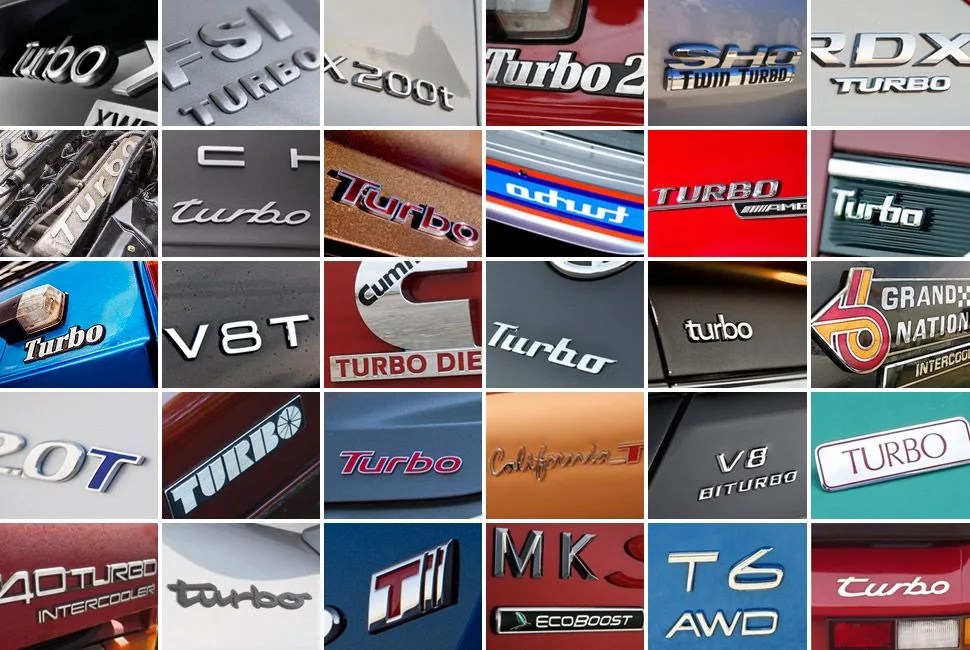Back in the day of parachute pants, Milli Vanilli and Miami Vice, turbocharged cars weren’t exactly mainstream, and these outsiders definitely weren’t subtle. If you happened to be a dude with a turbo sports car, manufacturers made sure your friends, family members and innocent bystanders knew about it. The cars were loud and fast, and they had “turbo” lettering on the rocker panels, hood and tail (or all of the above). Fierceness abounded, but the cars themselves were sparse. There was no serious attempt to bring forced induction to the masses — and, frankly, no drivers were calling for it other than the die-hards. Turbos were for enthusiasts, drag racing and gearheads.
MORE ENHANCED SPEED: The Chevy Cruze Turbo Diesel | The BMW X6 M | The Porsche Macan
Back in the day, turbocharging was about adding power. Today, that thinking has evolved.
In the past quarter-century, though, turbo has risen to the mainstream. In 2014, 21 percent of gasoline engines were turbocharged, and that number is expected to rise to 38 percent in 2019, according to Honeywell, the world leader in turbo manufacturing. Manufacturers have taken hold of the concept that you can have more power, while also bumping up fuel efficiency and reducing emissions. Small four-cylinder-engine cars post respectable 0-60 mph speeds, and horrendous turbo lag is mostly a thing of the past. Turbo has also reached out to family sedans, SUVs and entry-level hatchbacks, so drivers now have a slew of vehicles across all segments to find a turbo that turns them on.
A Few Turbos of 2015
Ford Fiesta
Engine: 1.0-liter EcoBoost four-cylinder
Horsepower: 123
Torque: 125 lb-ft
Mileage: 31 city / 43 highway
Dodge Dart
Engine: 1.4-liter four-cylinder turbo
Horsepower: 160
Torque: 184 lb-ft
Mileage: 28 city / 41 highway
